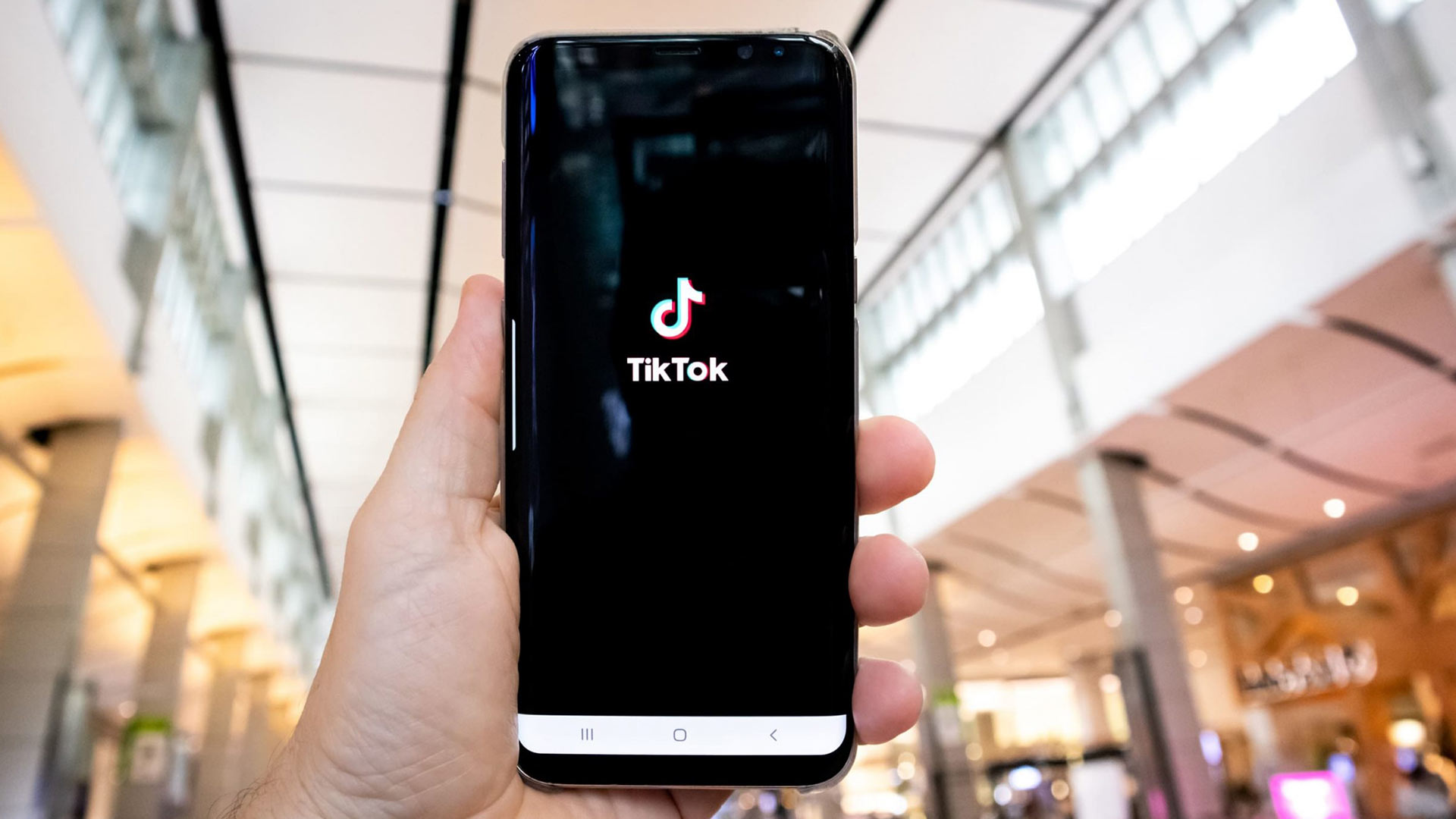There’s no denying that LinkedIn is one of the most powerful social media platforms for marketers and business development professionals. If you’re a B2B brand, LinkedIn is no longer an optional platform. With more than 310 million monthly active users, it’s becoming harder to cut through the noise. The good news is that it doesn’t take a lot of time or energy to elevate your personal LinkedIn profile.
7 Ways to Elevate Your Personal LinkedIn Profile
Taking the time to encourage employees to optimize their personal LinkedIn profiles can make a tremendous difference for your company. As we’ve helped clients optimize LinkedIn as a marketing tool, here are a few tactics we encourage them to pass along to their employees:- Create a Compelling Headline
- Focus on your Impact in your Descriptions
- Regularly Post Engaging Content
- Add Awards or Accomplishments
- Ask for Recommendations
- Strategically Use Hashtags to Expand Your Reach
- Interact with Content in Your Industry









